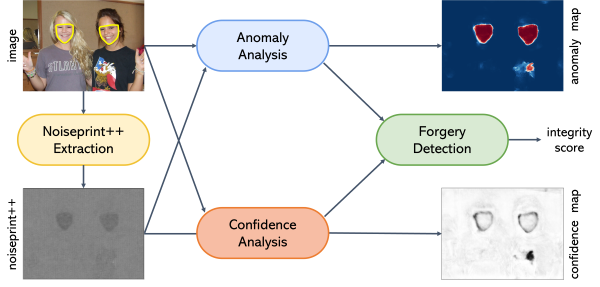
In this paper we present TruFor, a forensic framework that can be applied to a large variety of image manipulation methods, from classic cheapfakes to more recent manipulations based on deep learning. We rely on the extraction of both high-level and low-level traces through a transformer-based fusion architecture that combines the RGB image and a learned noise-sensitive fingerprint. The latter learns to embed the artifacts related to the camera internal and external processing by training only on real data in a self-supervised manner. Forgeries are detected as deviations from the expected regular pattern that characterizes each pristine image. Looking for anomalies makes the approach able to robustly detect a variety of local manipulations, ensuring generalization. In addition to a pixel-level localization map and a whole-image integrity score, our approach outputs a reliability map that highlights areas where localization predictions may be error-prone. This is particularly important in forensic applications in order to reduce false alarms and allow for a large scale analysis. Extensive experiments on several datasets show that our method is able to reliably detect and localize both cheapfakes and deepfakes manipulations outperforming state-of-the-art works.

Manipulation tools that realistically edit images are widely available, making it easy for anyone to create and spread misinformation. In an attempt to fight fake news, forgery detection and localization methods were designed. However, existing methods struggle to accurately reveal manipulations found in images on the internet, i.e., in the wild. That is because the type of forgery is typically unknown, in addition to the tampering traces being damaged by recompression. This paper presents Comprint, a novel forgery detection and localization method based on the compression fingerprint or comprint. It is trained on pristine data only, providing generalization to detect different types of manipulation. Additionally, we propose a fusion of Comprint with the state-of-the-art Noiseprint, which utilizes a complementary camera model fingerprint. We carry out an extensive experimental analysis and demonstrate that Comprint has a high level of accuracy on five evaluation datasets that represent a wide range of manipulation types, mimicking in-the-wild circumstances. Most notably, the proposed fusion significantly outperforms state-of-the-art reference methods. As such, Comprint and the fusion Comprint+Noiseprint represent a promising forensics tool to analyze in-the-wild tampered images.
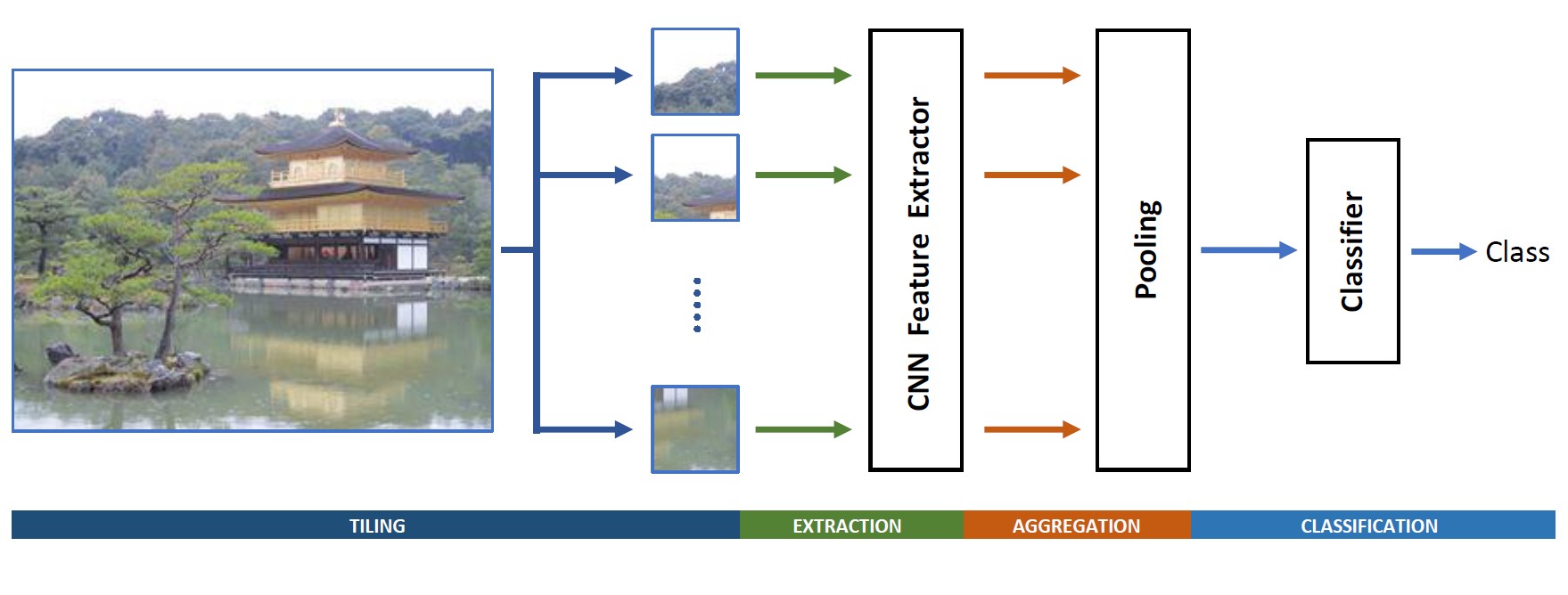
Due to limited computational and memory resources, current deep learning models accept only rather small images in input, calling for preliminary image resizing. This is not a problem for high-level vision problems, where discriminative features are barely affected by resizing. On the contrary, in image forensics, resizing tends to destroy precious high-frequency details, impacting heavily on performance. One can avoid resizing by means of patch-wise processing, at the cost of renouncing whole-image analysis. In this work, we propose a CNN-based image forgery detection framework which makes decisions based on full-resolution information gathered from the whole image. Thanks to gradient checkpointing, the framework is trainable end-to-end with limited memory resources and weak (image-level) supervision, allowing for the joint optimization of all parameters. Experiments on widespread image forensics datasets prove the good performance of the proposed approach, which largely outperforms all baselines and all reference methods.
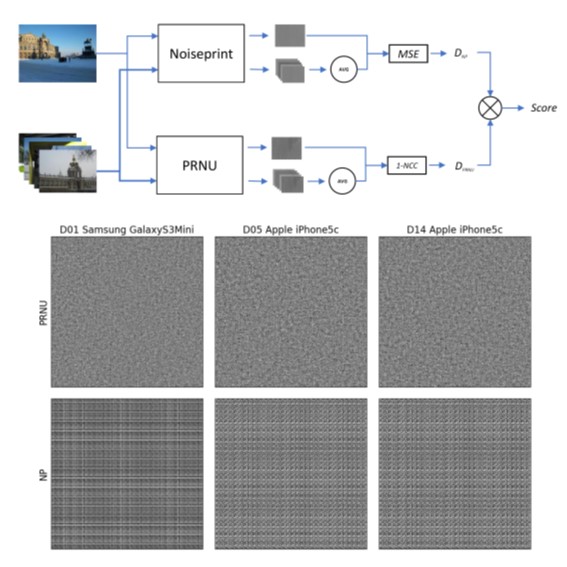
PRNU-based image processing is a key asset in digital multimedia forensics. It allows for reliable device identification and effective detection and localization of image forgeries, in very general conditions. However, performance impairs significantly in challenging conditions involving low quality and quantity of data. These include working on compressed and cropped images, or estimating the camera PRNU pattern based on only a few images. To boost the performance of PRNU-based analyses in such conditions we propose to leverage the image noiseprint, a recently proposed camera-model fingerprint that has proved effective for several forensic tasks. Numerical experiments on datasets widely used for source identification prove that the proposed method ensures a significant performance improvement in a wide range of challenging situations.
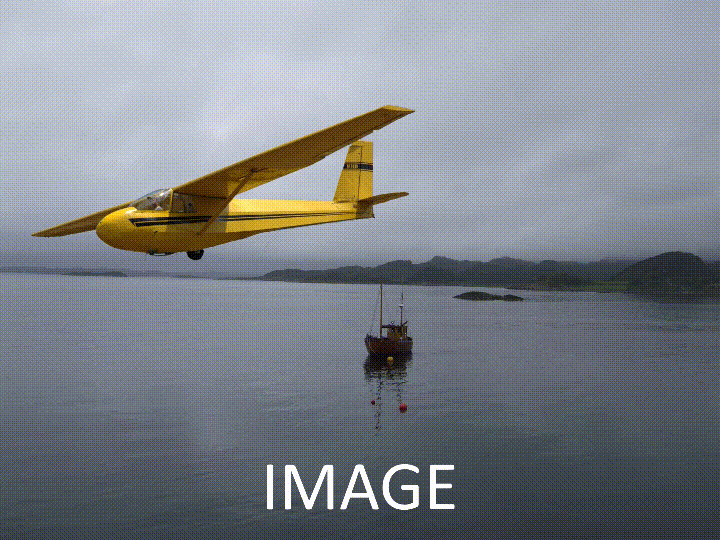
Forensic analyses of digital images and videos rely heavily on the traces of in-camera and out-camera processes left on the acquired images. Such traces represent a sort of camera fingerprint. If one is able to recover them, by suppressing the high-level scene content and other disturbances, a number of forensic tasks can be easily accomplished. We propose a method to extract a camera model fingerprint, called noiseprint, where the scene content is largely suppressed and model-related artifacts are enhanced. The noiseprints can be used for a large variety of forensic tasks including image and video forgery localization. Experiments on several datasets widespread in the forensic community show noiseprint-based methods to provide state-of-the-art performance.
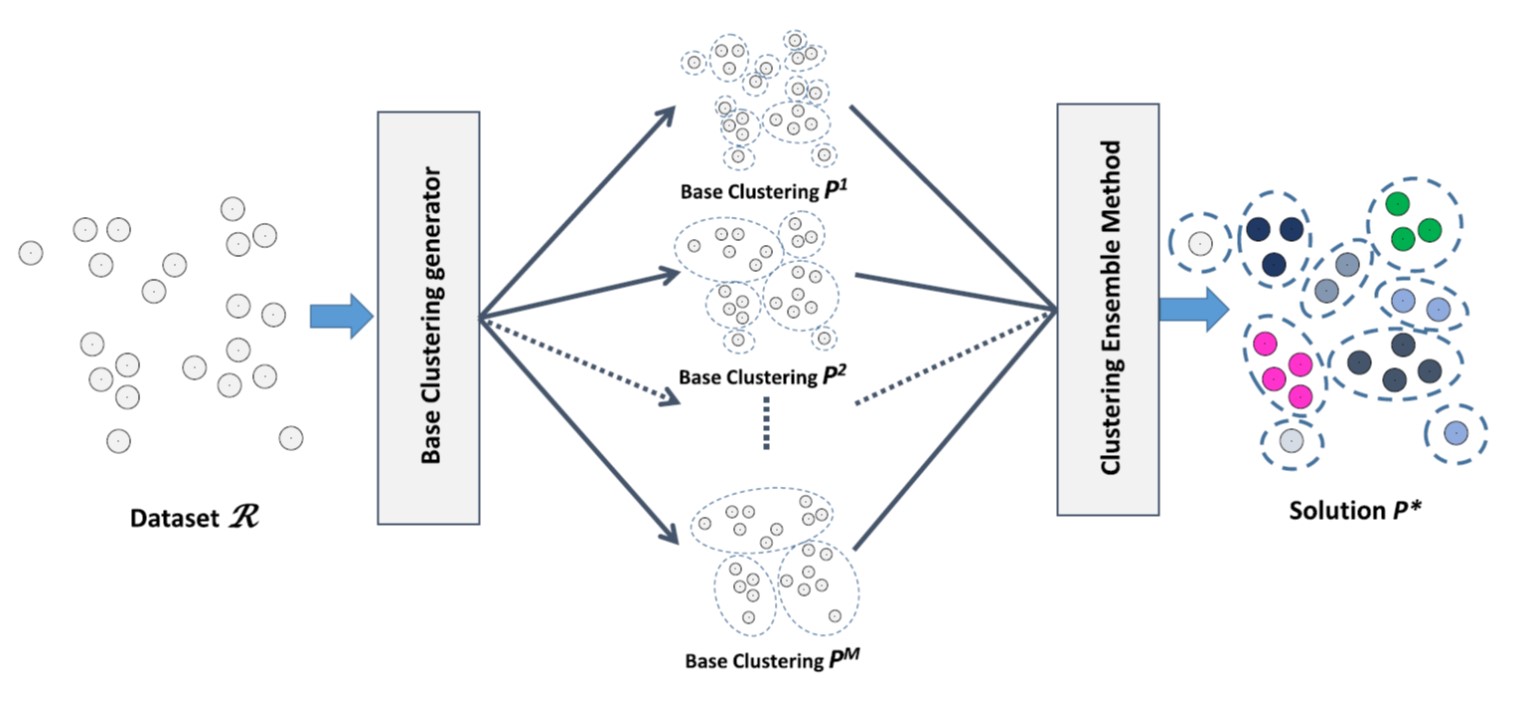
We address the problem of clustering a set of images, according to their source device, in the absence of any prior information. Image similarity is computed based on noise residuals, regarded as single-image estimates of the camera's photo-response non-uniformity (PRNU) pattern. First, residuals are grouped by correlation clustering, and several alternative data partitions are computed as a function of a running decision boundary. Then, these partitions are processed jointly to extract a single, more reliable, consensus clustering and, with it, more reliable PRNU estimates. Finally, both clustering and PRNU estimates are progressively refined by merging pairs of the same-PRNU clusters, selected on the basis of a maximum-likelihood ratio statistic. Extensive experiments prove the proposed method to outperform the current state of the art both on pristine images and compressed images downloaded from social networks. A remarkable feature of the method is that it does not require the user to set any parameter, nor to provide a training set to estimate them. Moreover, through a suitable choice of basic tools, and efficient implementation, complexity remains always quite limited. The software is available online for the interested researchers.
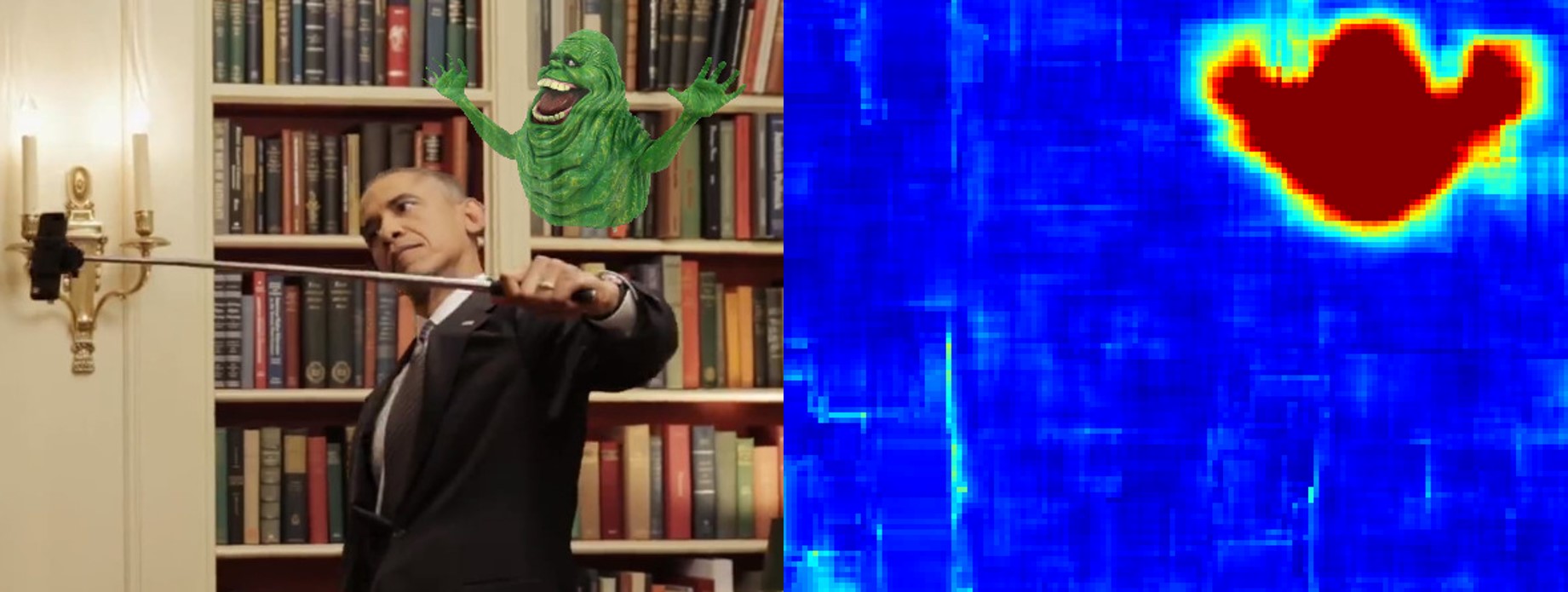
We propose a new feature-based algorithm to detect image splicings without any prior information. Local features are computed from the co-occurrence of image residuals and used to extract synthetic feature parameters. Splicing and host images are assumed to be characterized by different parameters. These are learned by the image itself through the expectation-maximization algorithm together with the segmentation in genuine and spliced parts. A supervised version of the algorithm is also proposed. Preliminary results on a wide range of test images are very encouraging, showing that a limited-size, but meaningful, learning set may be sufficient for reliable splicing localization.
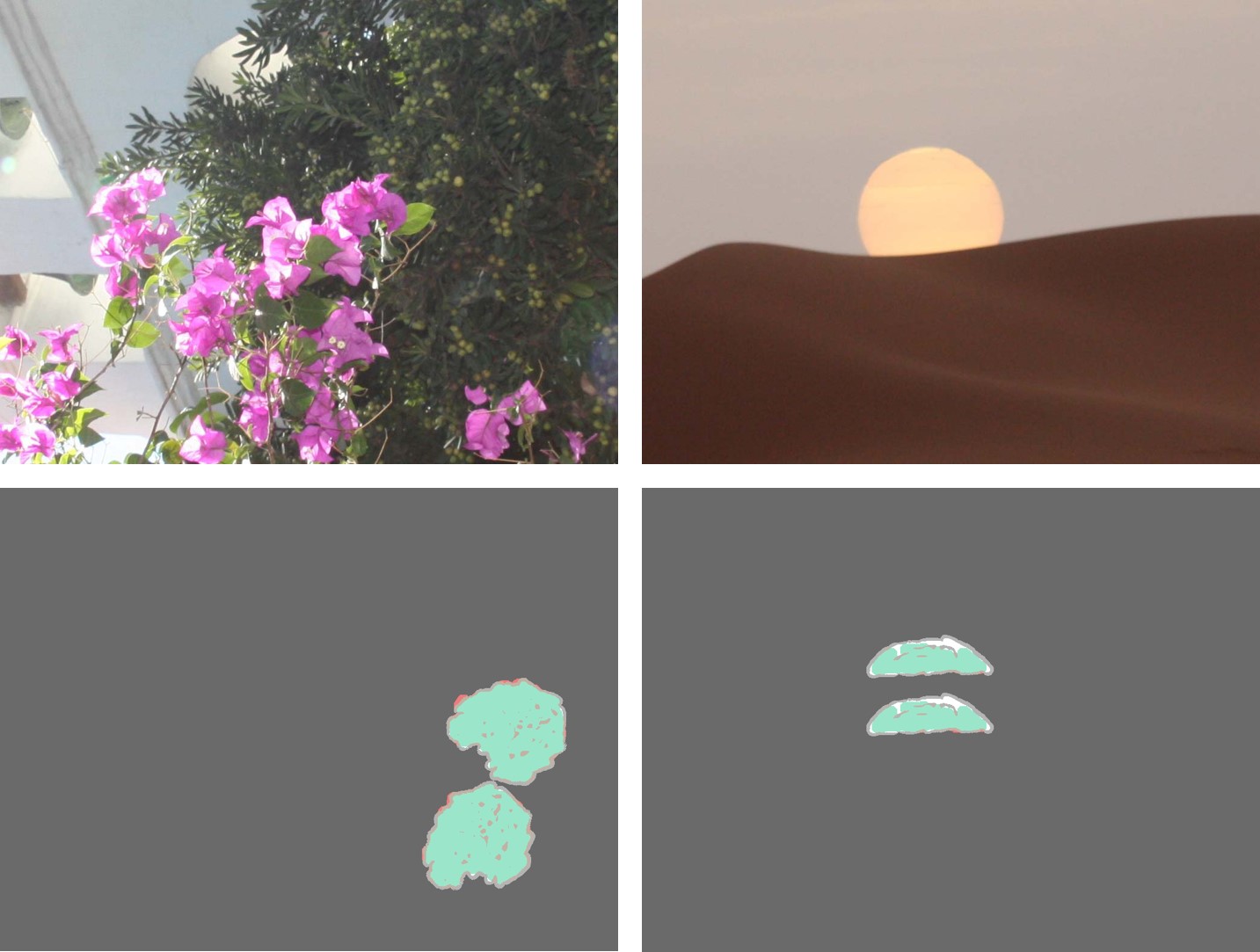
We propose a new algorithm for the accurate detection and localization of copy-move forgeries, based on rotation-invariant features computed densely on the image. Dense-field techniques proposed in the literature guarantee a superior performance w.r.t. their keypoint-based counterparts, at the price of a much higher processing time, mostly due to the feature matching phase. To overcome this limitation, we resort here to a fast approximate nearest-neighbor search algorithm, PatchMatch, especially suited for the computation of dense fields over images. We adapt the matching algorithm to deal efficiently with invariant features, so as to achieve higher robustness w.r.t. rotations and scale changes. Moreover, leveraging on the smoothness of the output field, we implement a simplified and reliable post-processing procedure. The experimental analysis, conducted on databases available online, proves the proposed technique to be at least as accurate, generally more robust, and typically much faster, than state-of-the-art dense-field references. All experiments are fully reproducible, with all software and data available online for the interested researchers.
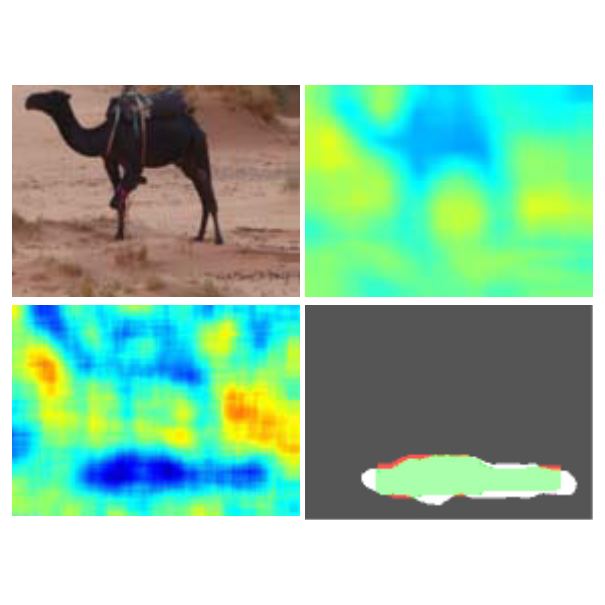
Graphics editing programs of the last generation provide ever more powerful tools which allow to retouch digital images leaving little or no traces of tampering. The reliable detection of image forgeries requires, therefore, a battery of complementary tools that exploit different image properties. Techniques based on the photo-response non-uniformity (PRNU) noise are among the most valuable such tools, since they do not detect the inserted object but rather the absence of the camera PRNU, a sort of camera fingerprint, dealing successfully with forgeries that elude most other detection strategies. In this work we propose a new approach to detect image forgeries using sensor pattern noise. Casting the problem in terms of Bayesian estimation, we use a suitable Markov random field prior to model the strong spatial dependencies of the source, and take decisions jointly on the whole image rather than individually for each pixel. Modern convex optimization techniques are then adopted to achieve a globally optimal solution and PRNU estimation is improved by resorting to nonlocal denoising. Largescale experiments on simulated and real forgeries show that the proposed technique largely improves upon the current state of the art, and that it can be applied with success to a wide range of practical situations. The software is available online for the interested researchers.